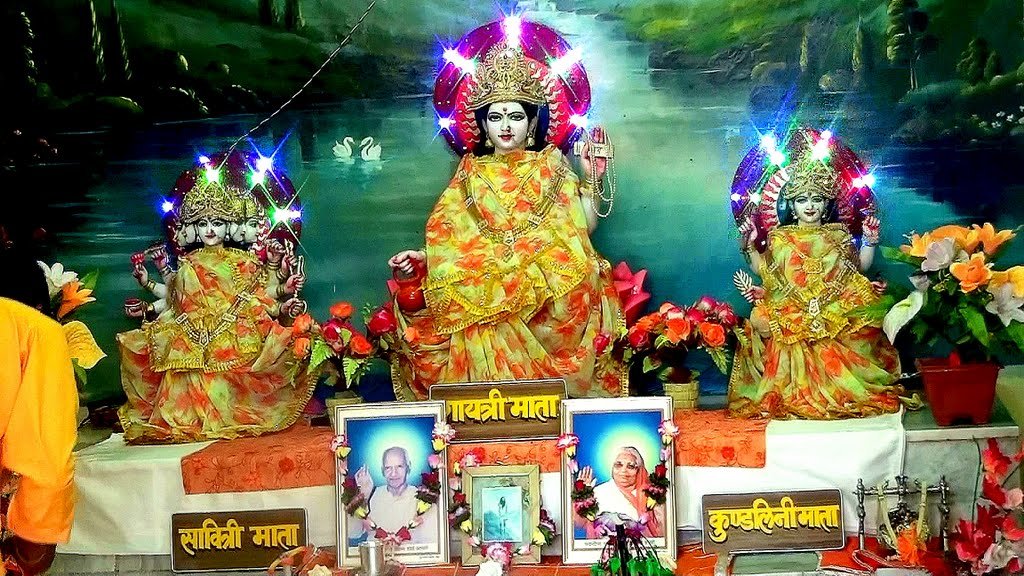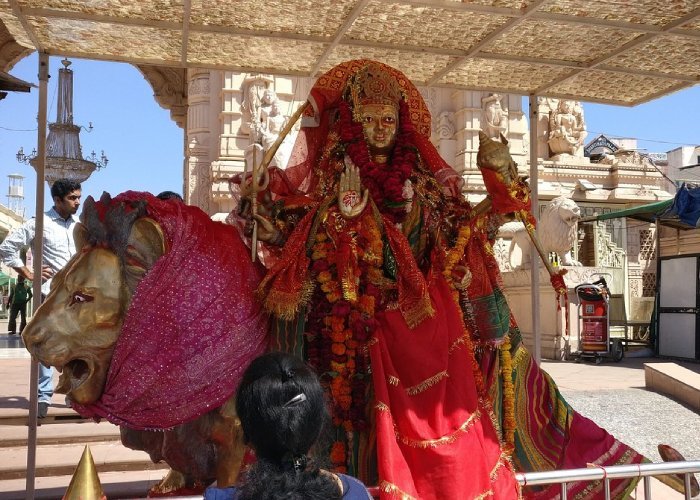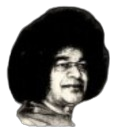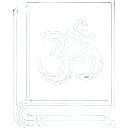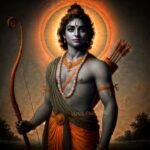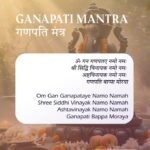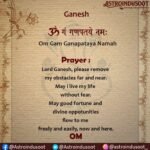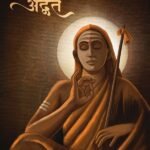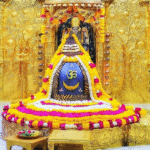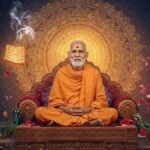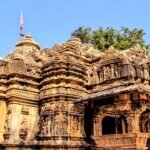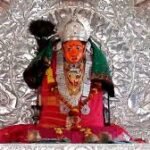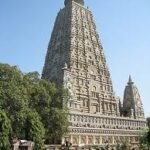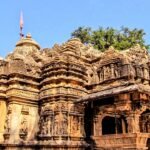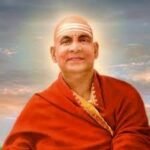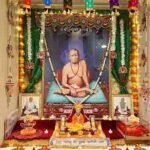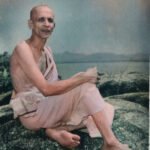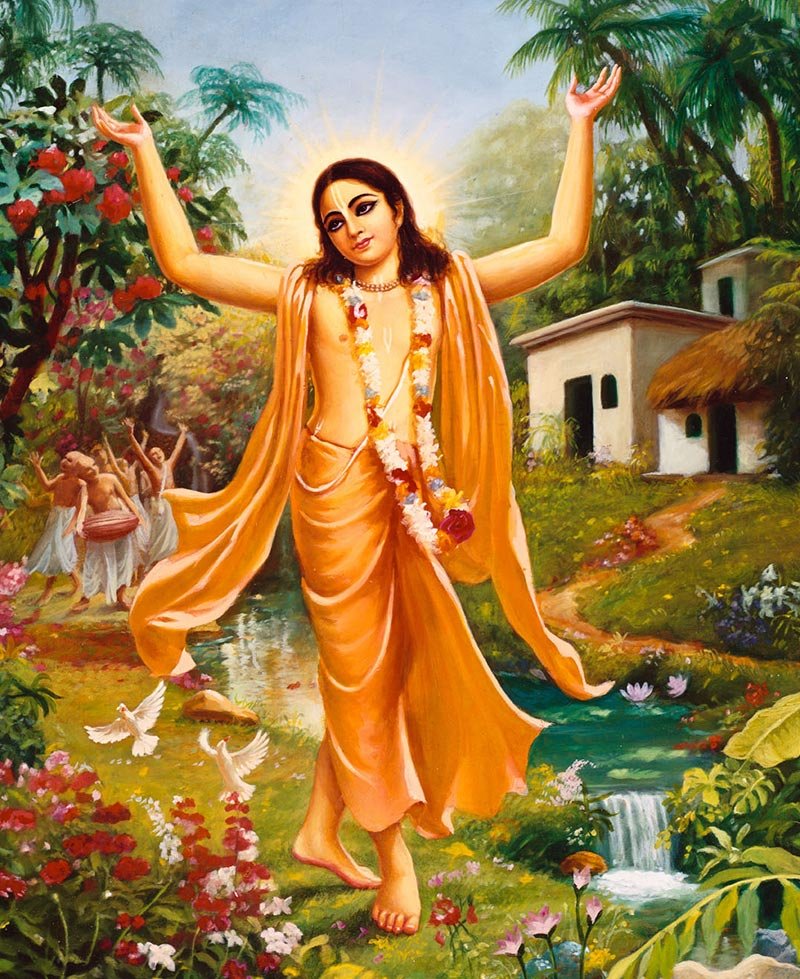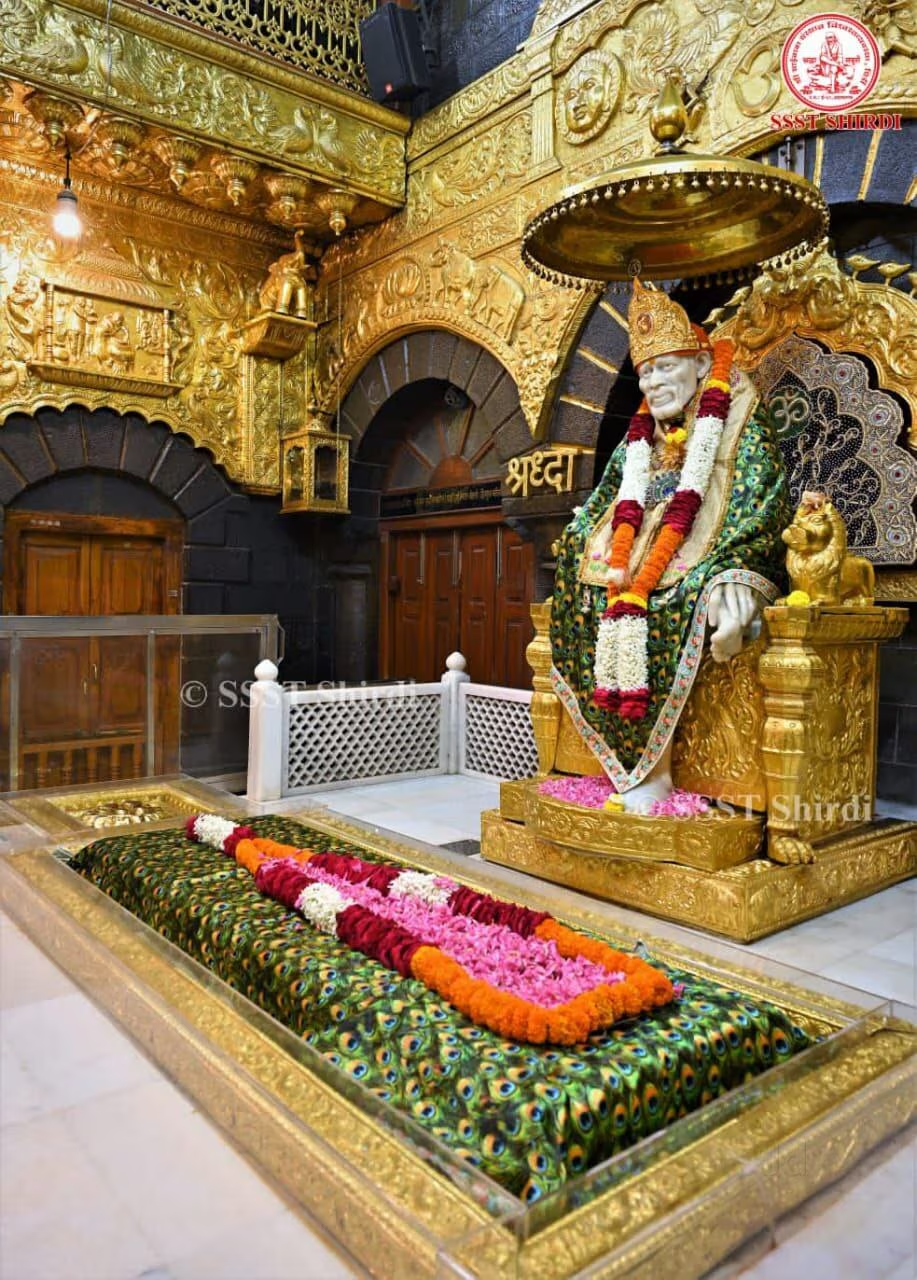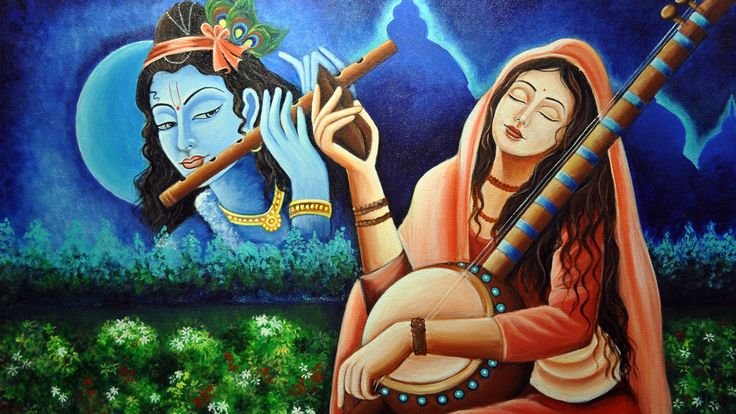Shivapuri Baba
Shivapuri Baba

Shivapuri Baba.
January 28 marked the Mahaparinirvana day (the day he left his body) of great Enlightened mystic Shivapuri Baba (Govindananda Bharati) who at the age of 100 arrived in Nepal after circumnavigating the Earth and left his body at the age of 137 in Dhruvasthali, Nepal in 1963. On this special day, to remember Shivapuri Baba, many people ranging from meditators, yogis, saints, sadhus, Osho sannyasins and devotees gather at Shivapuri BabaŌĆÖs ashram where Shivapuri Baba lived during his latter part of life and left his body. His samadhi (enshrinement) is a special place in the ashram where meditators often come to meditate or for a silent sitting, a true blessing and a rare opportunity to be in the presence of his samadhi. Below is an excerpt from my book Lone Seeker, Many Masters about Shivapuri Baba.
BEYOND TIME AND SPACE.
Once while living in the Shivapuri forest, BabaŌĆÖs rations ran out. Baba lit a fire and sat next to it to meditate, and told Madhav Baje to get supplies, before he closed his eyes and immersed himself in meditation. Madhav Baje went to the nearest market in Narayanthan, but couldnŌĆÖt go back to BabaŌĆÖs hut because he caught a severe bout of dysentery and was bedridden for a week. When he went back with the rations after a week, he found BabaŌĆÖs hut extremely quiet. He felt that Baba must have gone somewhere to find food, but when he went in he saw that Baba was seated in the exact position as when he had left him. When Baba heard Baje come in, he said, ŌĆ£HavenŌĆÖt you left for the market yet?ŌĆØ Baba had been in the trance state of samadhi for a whole week and had lost all sense of time and space.


DEPARTURE OF THE GREAT EMPEROR.
Shivapuri Baba used to drink a glass of milk every night before going to bed, and he would leave one third of the milk in the glass as prasad for Mahdav Baje. The night before Baba left his body, Baje brought him the glass of milk as usual. Baba drank his share and handed over the glass to Baje. Seeing that Baba looked extremely week, Baje told him to drink all the milk. Baba smiled and said, ŌĆ£Shall I drink it all?ŌĆØ Baje answered, ŌĆ£Yes drink it all.ŌĆØ That night Baba drank the full glass of milk. At midnight, Baba called Baje and told him to put a spoonful of water in his mouth. Baba swallowed the water and slept using his arm as a pillow as usual, and said to Baje, ŌĆ£Son, live Right Life. Now I am gone.ŌĆØ Baba used to wake at three every morning, but since he was not out of bed even by six, Madhav Baje checked on him then, to find that the great emperor of a saint had already left his body, and was free from the circle of birth and death for ever.
Osho remembered Shivapuri Baba with great respect. When he talked about the books he loved, he talked about The Long Pilgrimage, a book written by J. G. Bennett about Shivapuri Baba. In OshoŌĆÖs words Shivapuri Baba is a rare flowering, and to find a person like him is either out of great luck or the result of a tremendous search. Bennett was lucky. It was he who introduced Shivapuri Baba to the West. He also made George Gurdjieff well known to the world.
The essence of BabaŌĆÖs teaching is what he calls ŌĆ£Right Life.ŌĆØ It has two parts ŌĆö Discrimination and Devotion. He says that a seeker practicing ŌĆśRight LifeŌĆÖ needs to have physical, moral and spiritual discipline. To understand his teachings further, I request that you read The Long Pilgrimage by John G. Bennett, Right Life by Professor Renu Lal Singh, and Right Living by Dr. Yogendra Bhakta Shrestha.
Govindananda Bharati entered the deep forest near the banks of the Narmada River and lived there for more than twenty years, without seeing a single human being, sustained by self-grown vegetables, without counting the seasons coming and goingŌĆ” absolute solitary living.
Shivapuri Baba never spoke about his life during that time and the years of deep meditation. If there is a phenomenon like enlightenment, we have to assume that he left the forest after achieving it. He then embarked on a long walk; literally, he was walking for almost forty years across the world and only on very few occasions travelled by ship or train. He headed first to the northern part of India, from there to Afghanistan, to Persia, to Mecca, then to Jerusalem, walking 800 miles through a semi-desert. Further on to Istanbul, and from there through the Balkans into Greece. When he arrived in Rome coming from Athens, he visited the Vatican and continued through Italy and almost all European countries.
He crossed the Channel to England and from there took a ship to North America where he spent two or three years. In 1904, he made his way on foot towards Mexico. He continued towards the Andes through Columbia and Peru. He explored a route by the side of Lake Titicaca. Till that time, it is said, that highest great lake was unknown to the world!
And from South America he travelled to the Pacific Islands, New Zealand, Australia, Japan; through Xinjiang in China he came back to the Himalayas and reached Benares. (According to him, following the ancient pilgrimsŌĆÖ way, he discovered the ascending route to Mount Everest and much later that same route was taken by John Hunt and his party in 1952. It was John Hunt who led Edmond Hillary and Sherpa Tenzing in 1953 to reach the summit.)
The details of his world tour, which were briefly revealed by Shivapuri Baba himself, are simply incredible, and cannot be brought to a small write-up like this. But still, some remarkable personalities he met during his journey are mentioned by Bennet: He met Bal Gangadhar Tilak,┬Ā the first leader of the Indian Independence Movement.

. He met George Bernard Shaw who sneered at him, ŌĆ£You Indian saints are the most useless of men; you have no respect for time.ŌĆØ Unruffled, Shivapuri Baba replied, ŌĆ£It is you who are slaves of time. I live in Eternity.ŌĆØ He also had a talk with Albert Einstein.
┬ĀHe explored a route by the side of Lake Titicaca. Till that time, it is said, that highest great lake was unknown to the world!
The details of his world tour, which were briefly revealed by Shivapuri Baba himself, are simply incredible, and cannot be brought to a small write-up like this. But still, some remarkable personalities he met during his journey are mentioned by Bennet: He met Bal Gangadhar Tilak,┬Ā the first leader of the Indian Independence Movement.┬Ā
Source: tapoban



